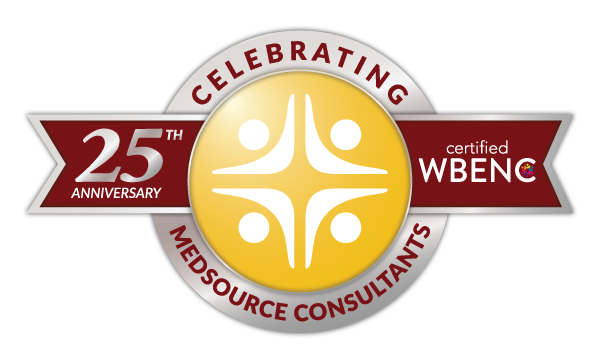Is High Turnover Impacting Your Patient Experience?
Matt Brewster

It’s common business knowledge that it’s more costly to replace an existing customer with a new one. Building a customer relationship is a common theme in the business world. This same adage holds true in the healthcare field, where patient turnover can have a negative impact on a practice, whether it’s a large dispersed health system or a small independent practice. How is high staff turnover impacting your clinical practice and what can you do to improve the patient experience and retain more of your existing customers.
Why Patient Retention Matters
We’ve heard a lot about how a lack of staff retention can cost our nation’s healthcare providers huge money every year. But that’s not the only area we’re leaking cash. Healthcare Finance reports losing patients to competitors can cost your facility up to 10% of its revenue. When healthcare providers fail to manage referrals properly or provide a poor customer service experience, they ultimately feel the pinch from patients that seek care elsewhere. Healthcare Finance says 87% of healthcare leaders report that referral management is a huge priority for their facilities. However, 23% say they don’t have a plan to rectify the problem.
But staff turnover is frequently the cause of patient loss. One study suggested nurse turnover can have a negative effect on:
- The effectiveness and productivity of care delivery
- Increasing operating costs
- Decreasing the personal connections patients feel with a trusted provider
Quality of care is affected by staff turnover and the costs go beyond the expense of replacing the clinical provider, which can run as high as $300,000 annually just to keep up with nursing turnover alone. Hospitals experience higher turnover than most industries, and healthcare systems haven’t yet made a dent in their inability to retain the workforce. How can healthcare providers improve employee relations and reduce staff turnover?
Improving Staff Turnover to Improve the Patient Experience
The first step toward a better retention metric is to hire the right employees. Healthcare organizations must work closely with their hiring teams to ensure they set realistic expectations for the job. Communicating the employee’s role is just as important as streamlining workflows to create a better on-the-job experience. It makes sense that a stressed-out hospital worker will create a poorer experience for our patients. Training healthcare management teams to watch for the telltale signs of burnout, while working to improve efficiency, will help hospitals retain their best workers longer.
Healthcare Finance News says, “The solution is to embrace a hiring and retention strategy focused on employee engagement. Then reform your entire culture around it.” Organizations that fail to engage their best workers will always be vulnerable to the competitive encroachment of their most valued staff. Even worse, the healthcare workers that may stay could simply “call it in,” collect the paycheck and benefits and bring down your patient satisfaction scores in the process.
Finding the right talent and then retaining them starts with a hiring partnership with the MedSource team. Our work focuses exclusively on the highest-performing talent at every level. We value our partnerships with some of the country’s leading healthcare providers. Find out how we’re different. Contact us today.
“There is a clear correlation between employee engagement and the patient experience, which can be validated using smart data. Given the new level of trepidation that both employees and patients share due to the pandemic, we must be swift in uncovering the right insights from the data to help regain confidence in the way that care is delivered.” Carter Ahl, Meridian Healthcare Consulting

